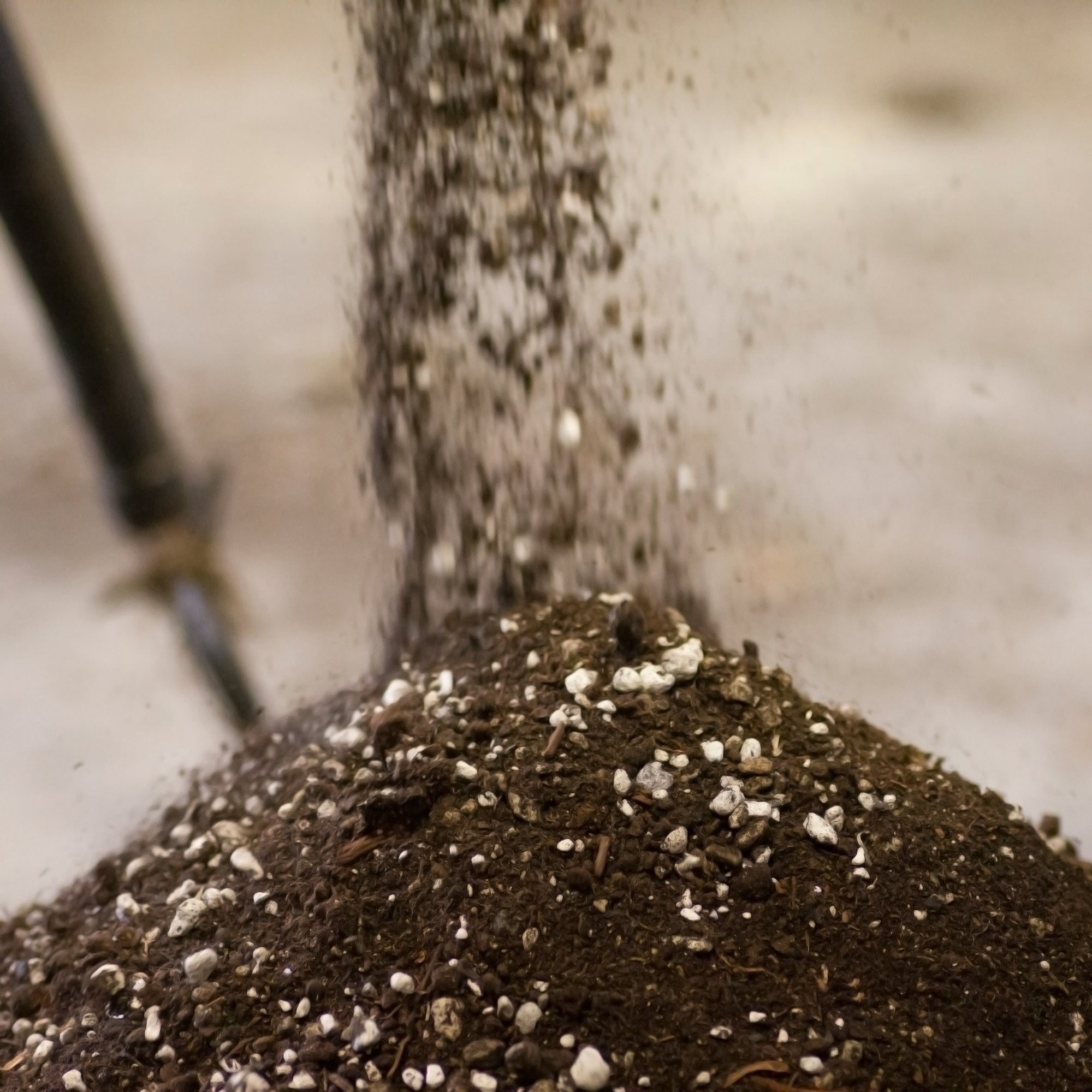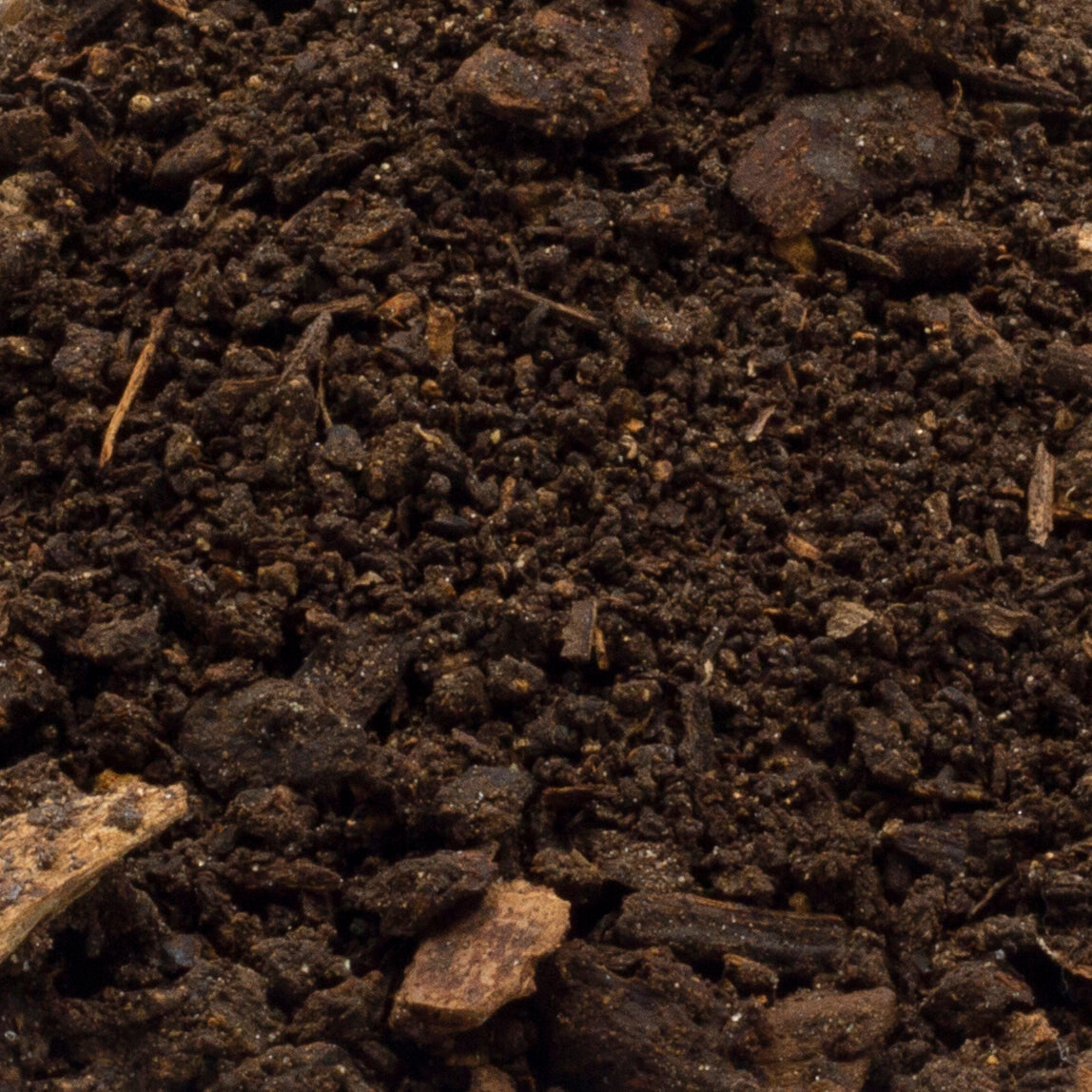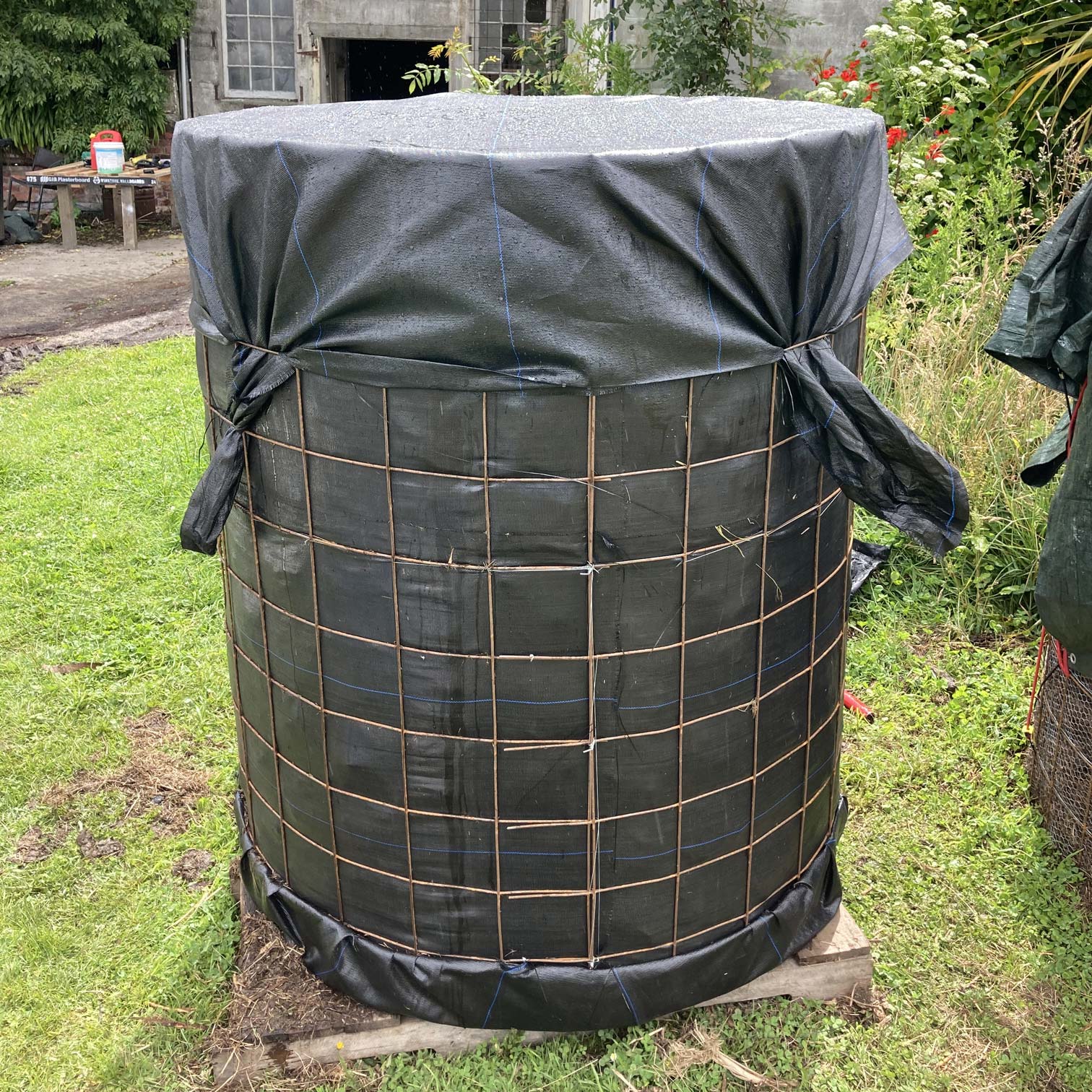
We are really active on Instagram, and post occasionally on Facebook too Instagram - https://www.instagram.com/seaclifforganics Facebook - https://www.facebook.com/SeacliffOrganics
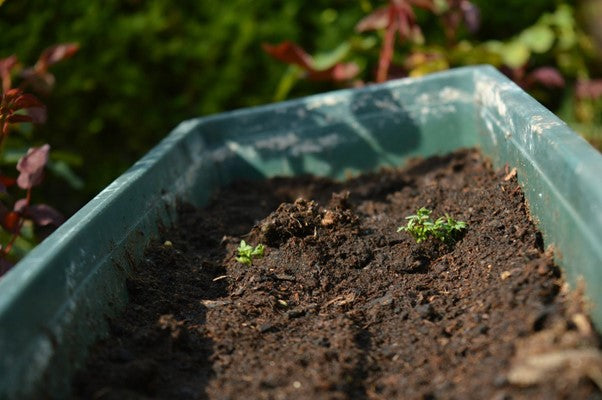
When it comes to the best containers for indoor living soil, one size does not fit all. The size of the container you choose will depend on several factors. Some plants need a large container in order to thrive, while others do just fine in a smaller pot. It's important to choose a container that is the right size for your plant so that it has plenty of room to grow.
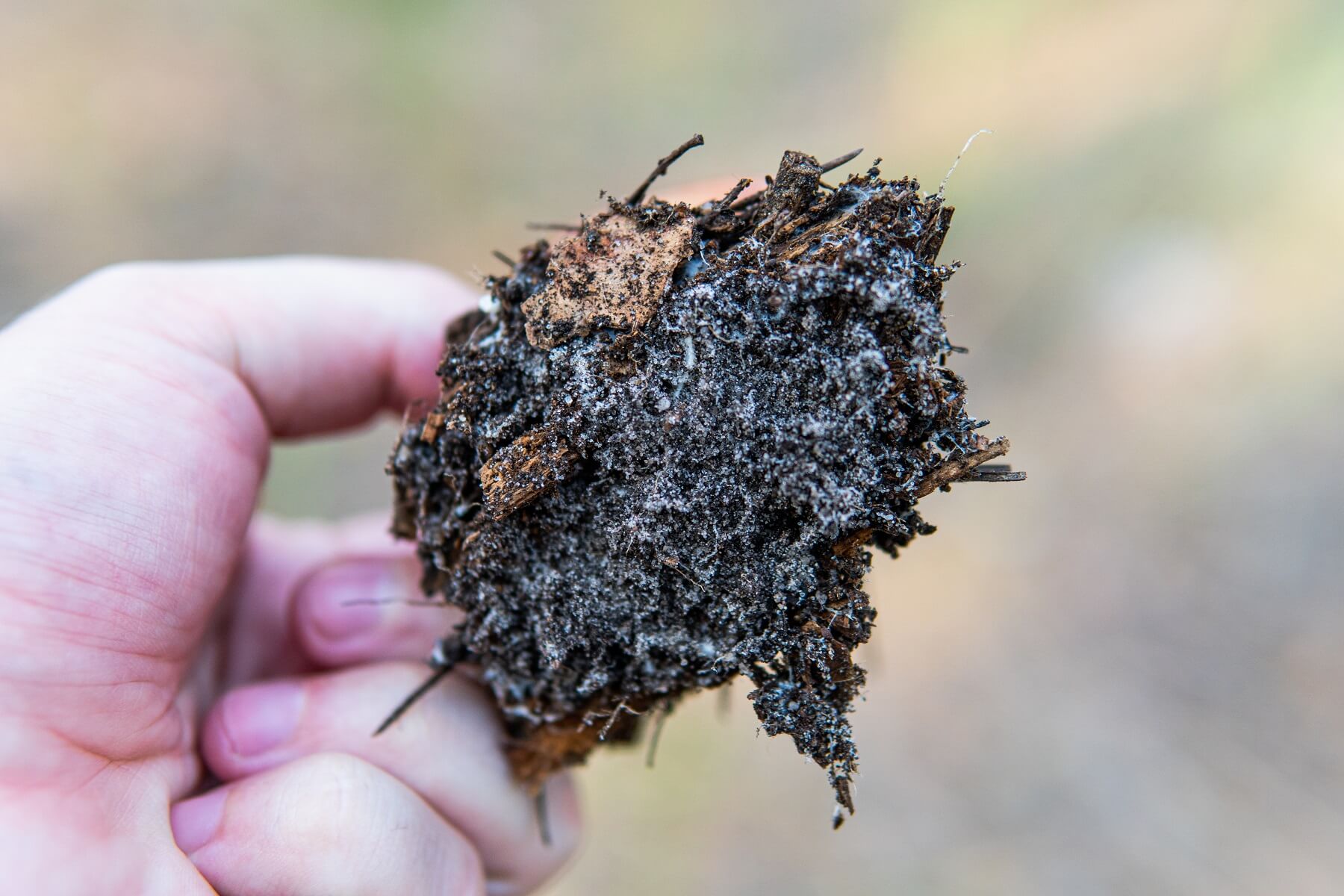
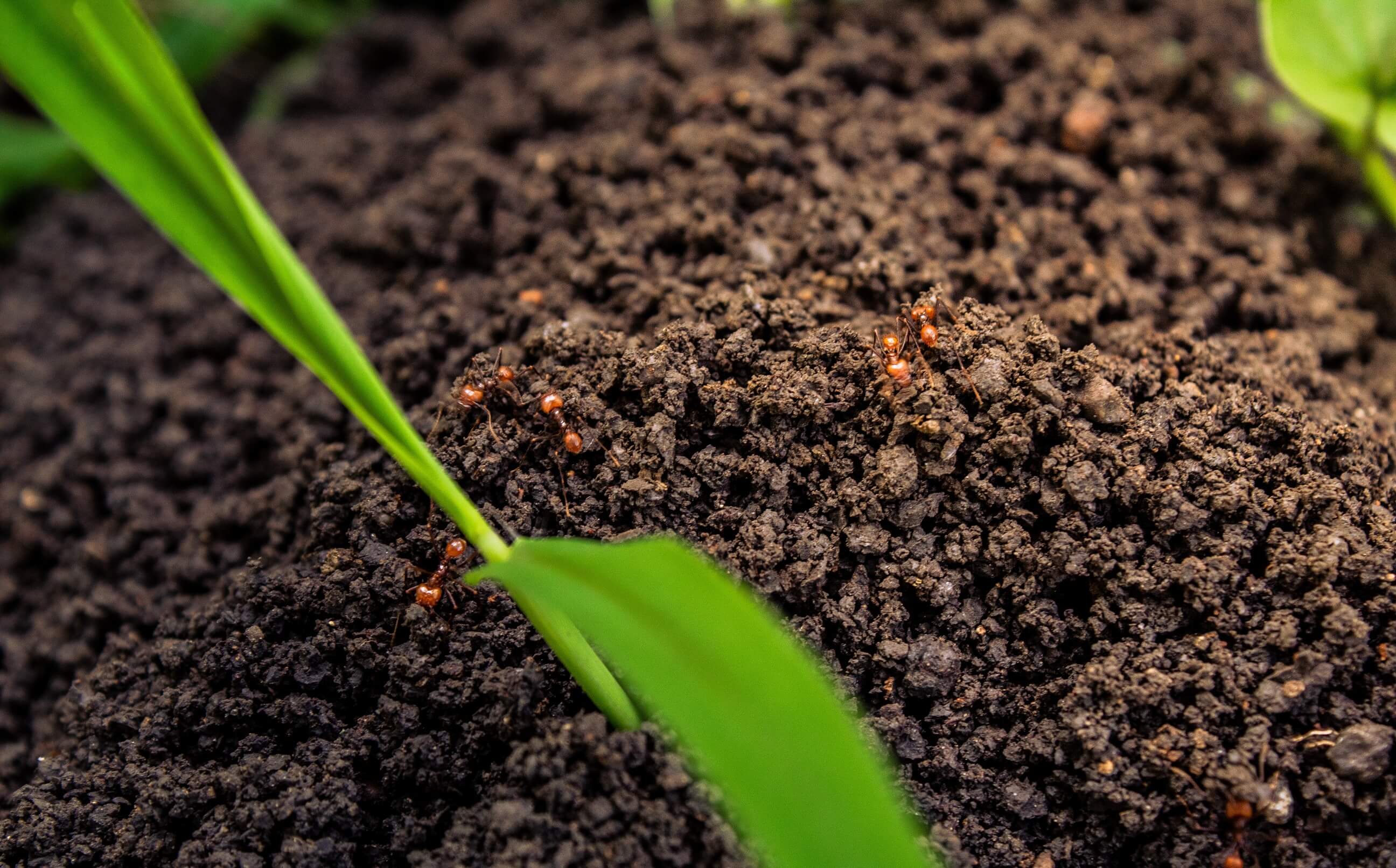
THE LIVING SOIL: NEMATODES Soil NematodesBy Elaine R. Ingham Nematodes are non-segmented worms typically 1/500 of an inch (50 µm) in diameter and 1/20 of...
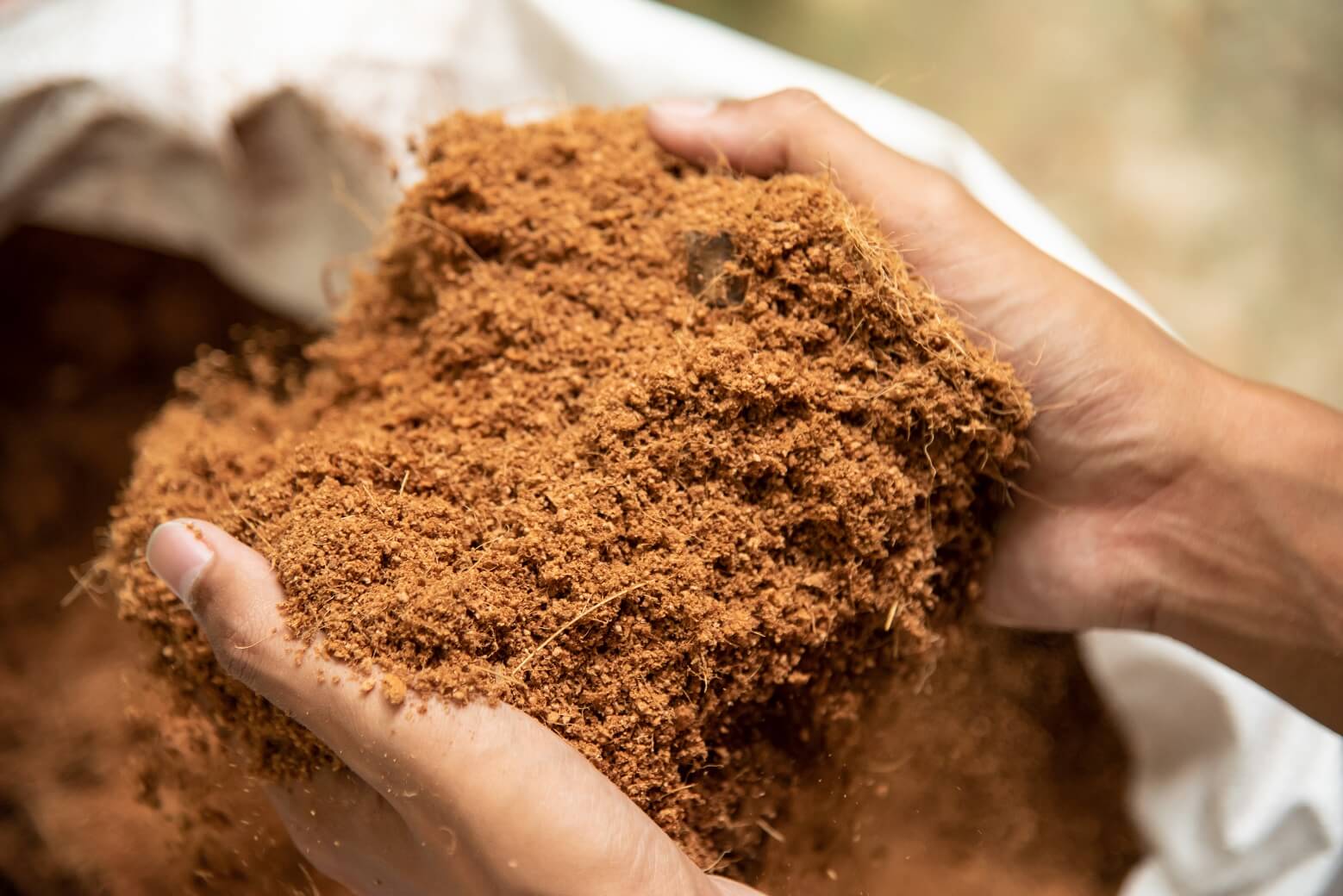
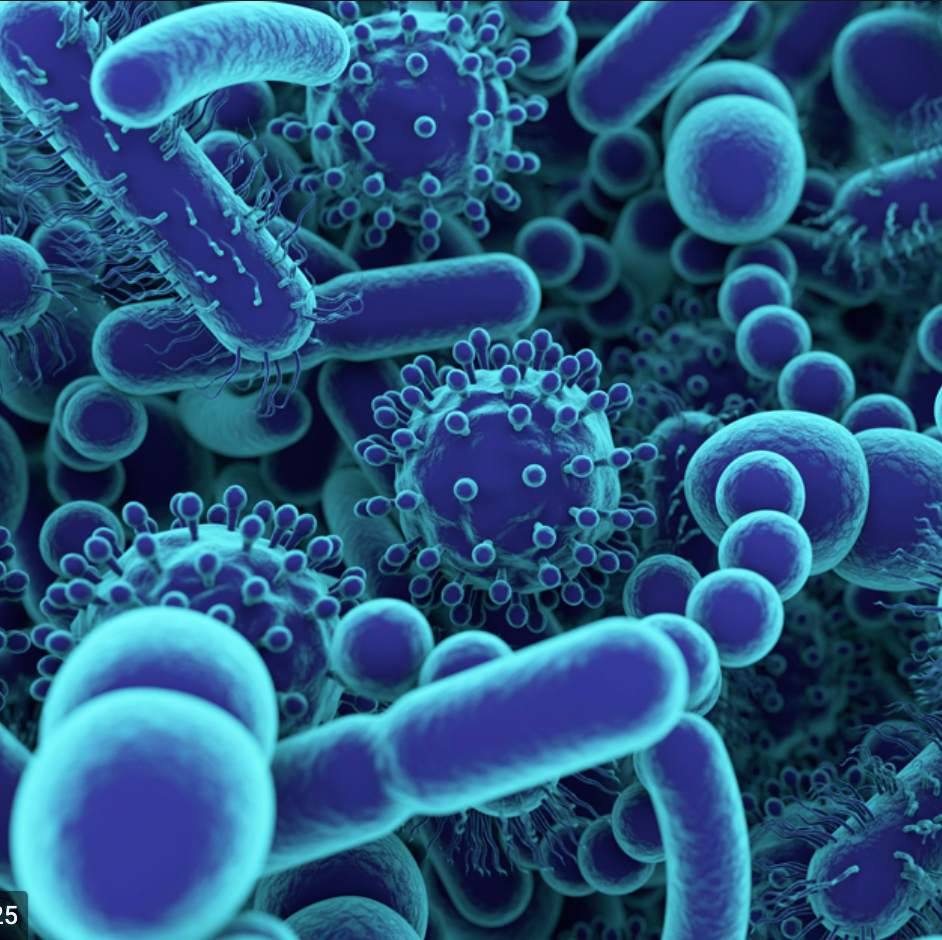
THE LIVING SOIL: BACTERIA Soil BacteriaBy Elaine R. Ingham Bacteria are tiny, one-celled organisms – generally 4/100,000 of an inch wide (1 µm) and somewhat...
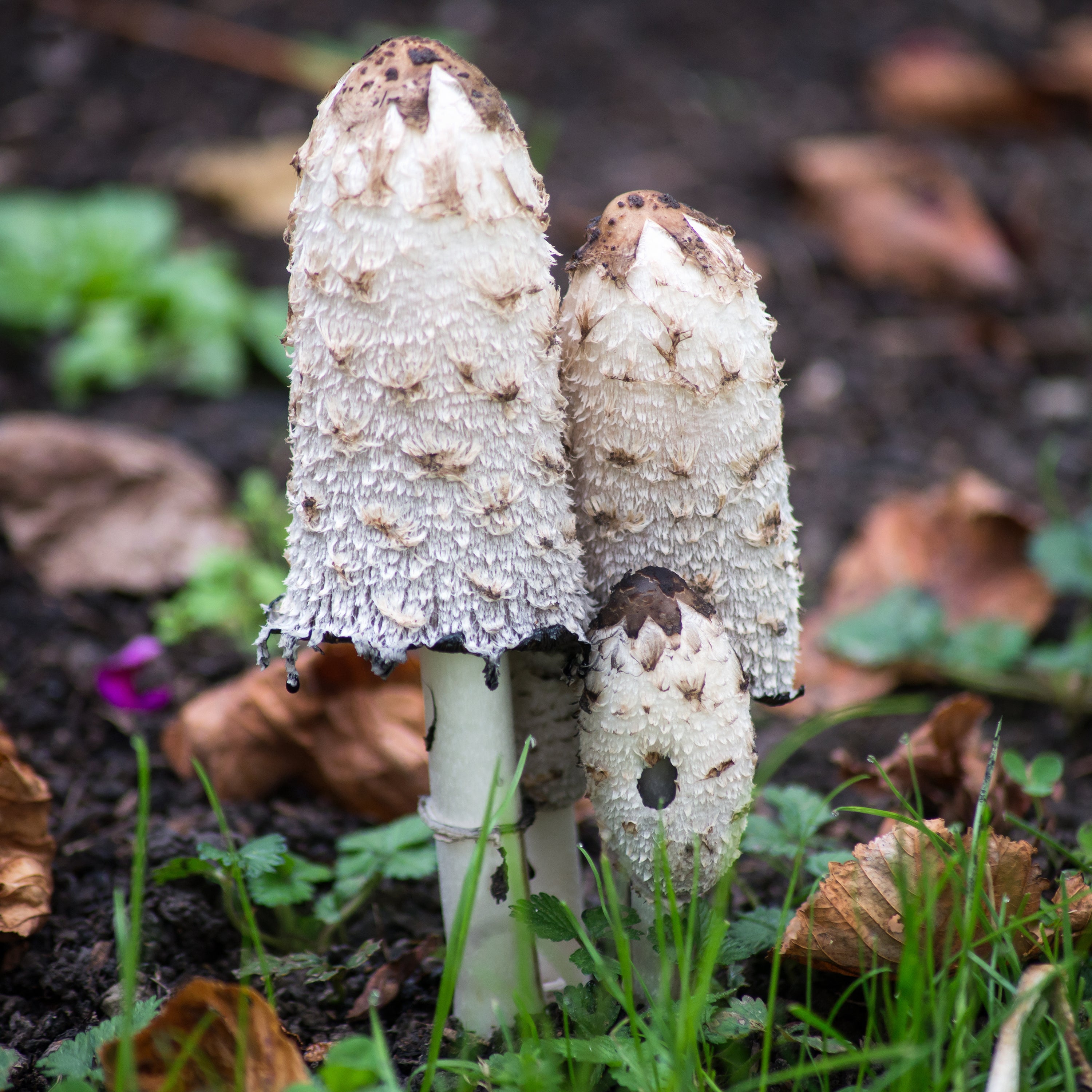
THE LIVING SOIL: FUNGI Soil FungiBy Elaine R. Ingham Fungi are microscopic cells that usually grow as long threads or strands called hyphae, which push...
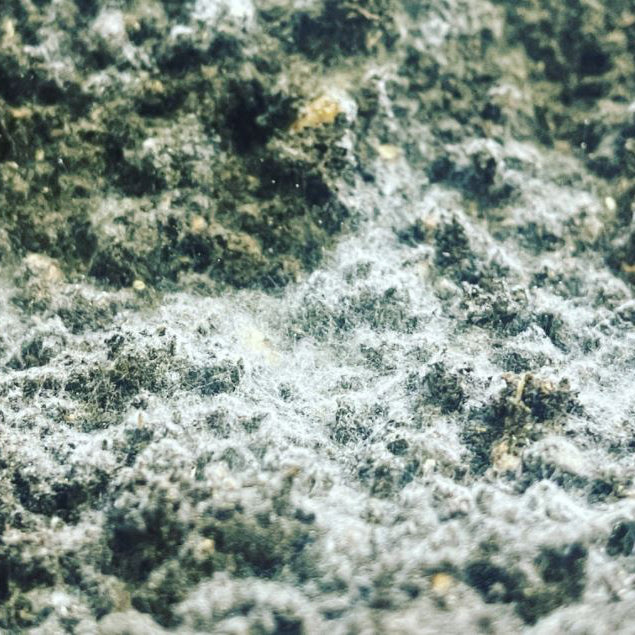
Soil recycling It may be counterintuitive to many growers, but soil recycling is absolutely viable in organic production. Preferable even. Better results are almost always...
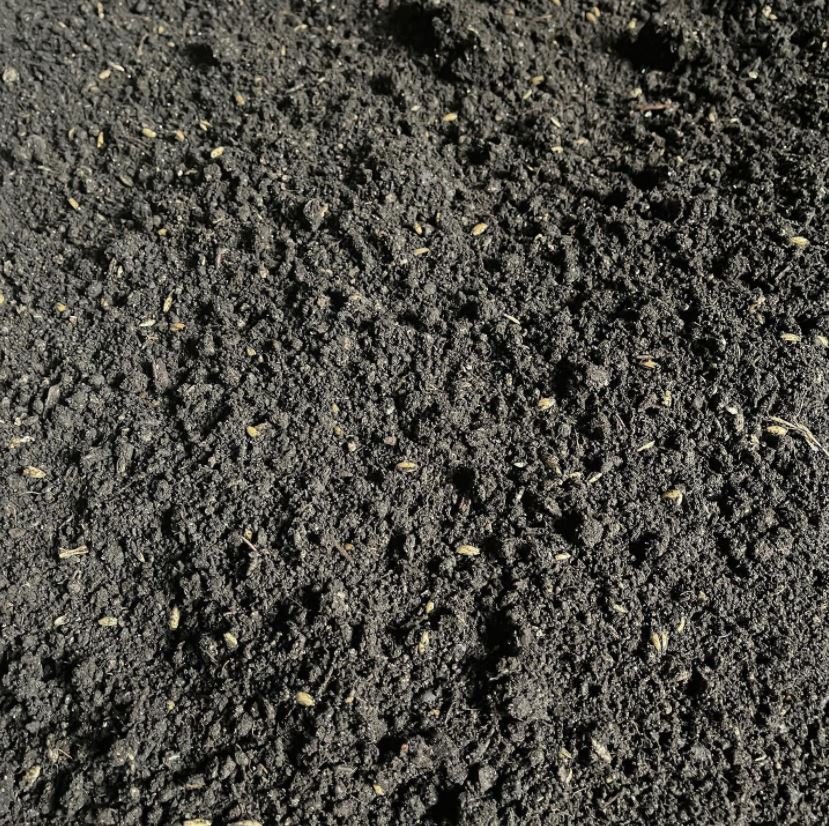
Sometimes it might be better for shipping costs to use a local base, but then balance it with our well formulated precision organic amendment pack....

In plant nutrition, it is important that there are no deficiencies in primary or secondary macroelements or in essential microelements, these elements must be present in...
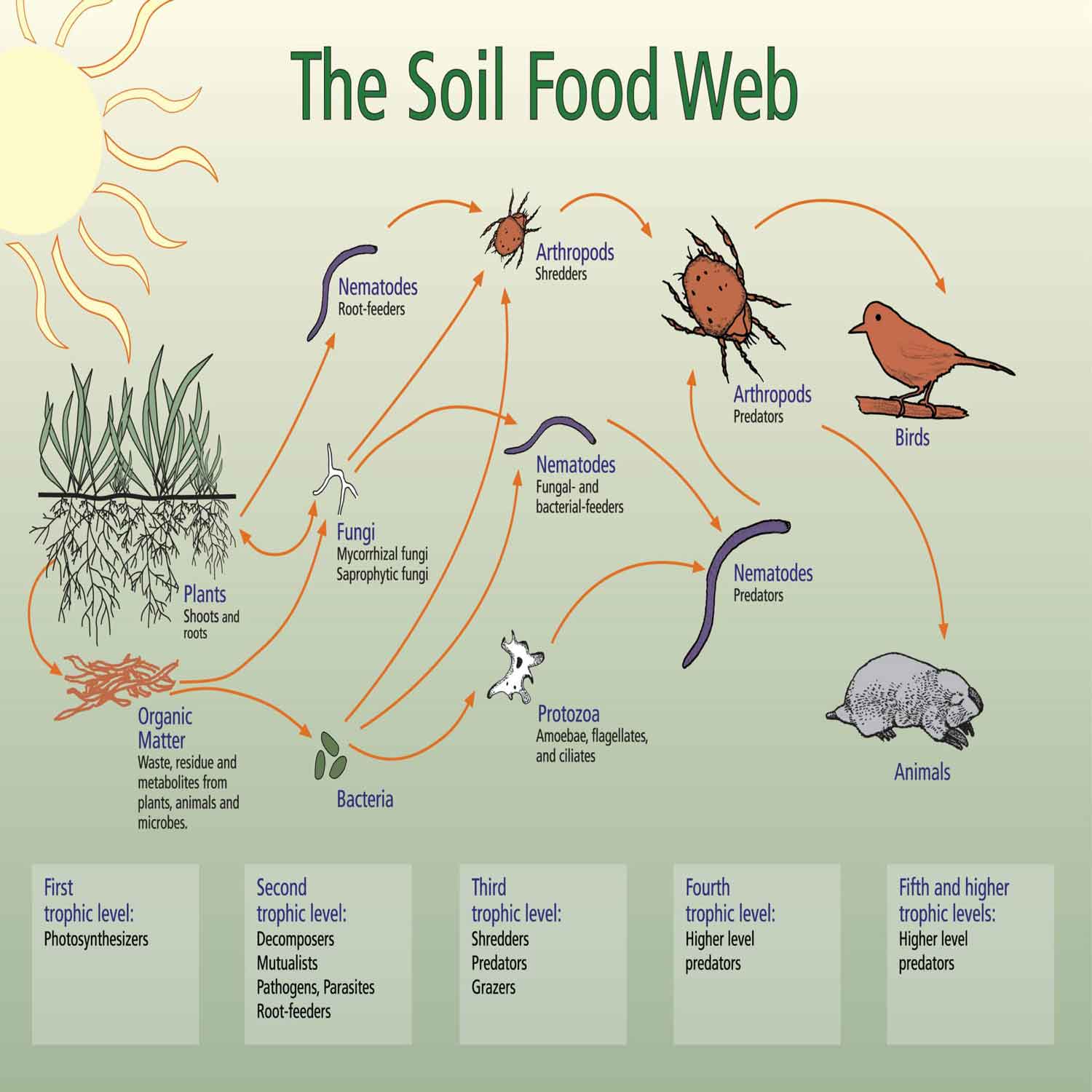
IPM As the picture helps to illustrate, a healthy soil food web consists of many different animals, arthropods and microorganisms feeding on each other. Having...
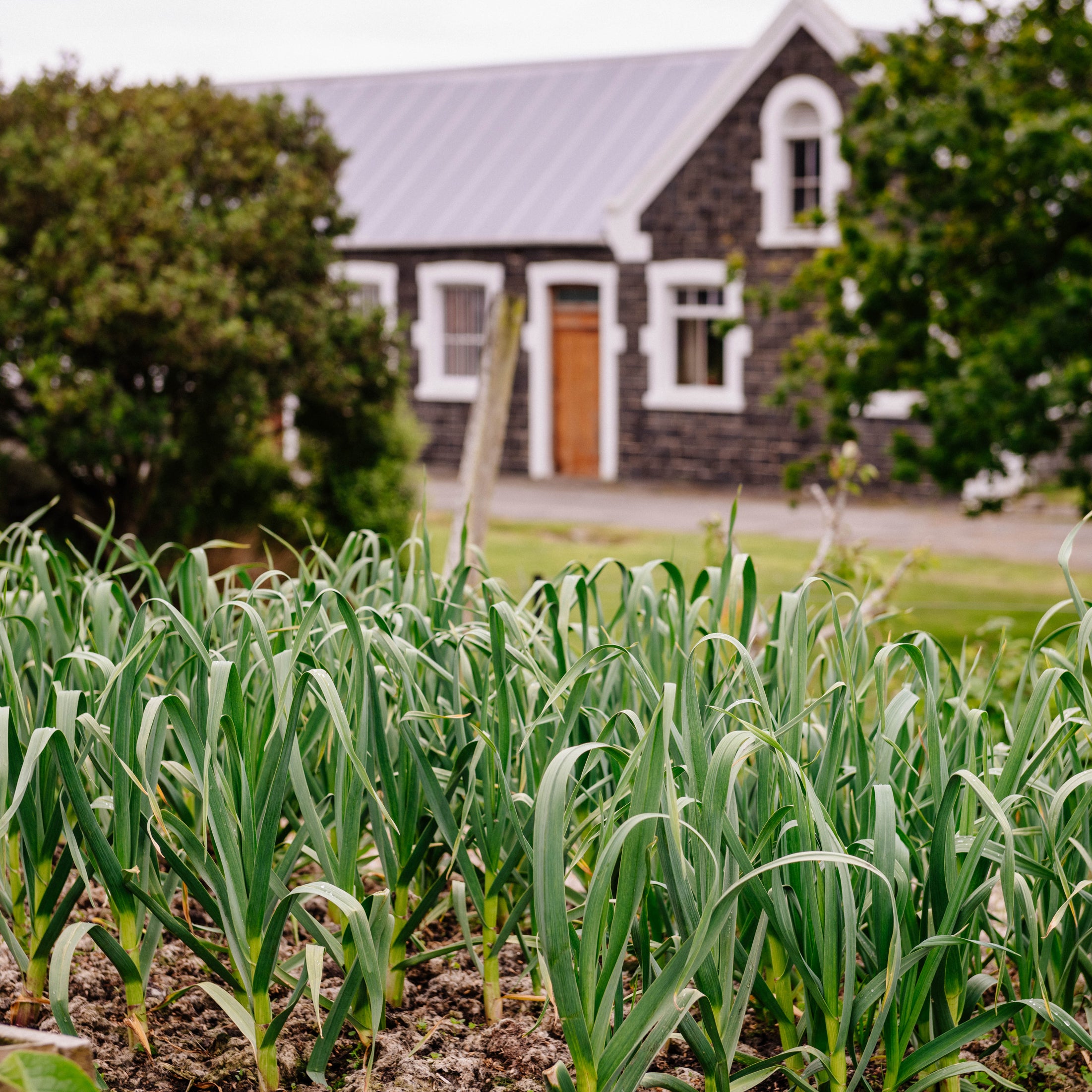
This feed chart will ensure your heavy flowering plants produce high quality flowers. It is on a per plant or per 50 litre basis. Aminos can...
